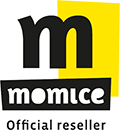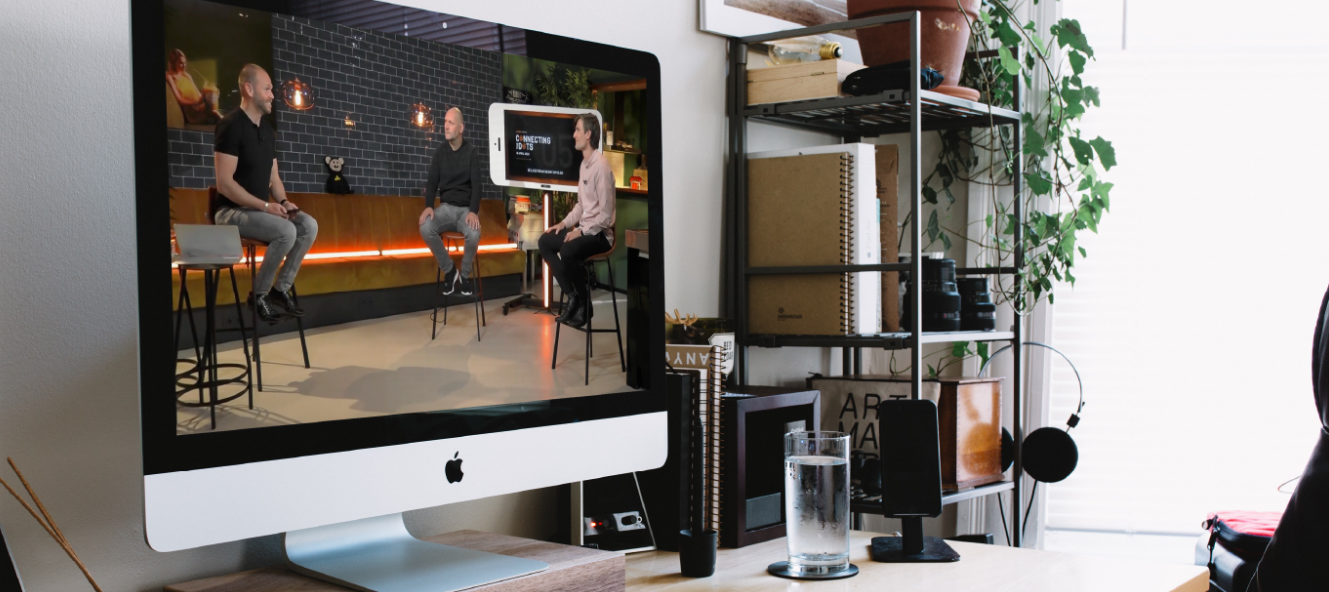In the 3rd part of our online eventing series, director of Momice Netherlands Rutger Bremer looks at maximizing value from live stream events.
Develop New Content
An online event requires online content. You can’t apply a content program adapted from the “real life” version and expect it to work effectively. You must start from scratch and program for online.
Choose Your Format
Even online offers different event formats. You can opt for a talk show, a keynote/master class (such as TED), or a campfire conversation (a close connection setting). Content and format are connected, so make sure you discuss this with all your live stream partners.
Keep It Short
Like it or not, online viewers have a short attention span so events need to be short and punchy – a maximum of 1 ½ hours.
The Right Presenter and Moderator
The presenter and moderator make all the difference. The moderator monitors and assesses questions that come in from the audience, passing them to the presenter. If a live chat is used, the moderator answers technical questions or shares additional information about the theme of the event. Your presenter must stay engaged with the audience, telling their story as concisely as possible and providing supporting visual material.
Managing The Experience
Experience is one of the most difficult parts of the online setting to manage and requires clear direction. This starts with providing clear ‘rules of the game’ (sound off, camera on) and having a troubleshooter on-hand who can help viewers if things go wrong.
Good Tech
Tech is everything with live streaming. When viewers are ‘disturbed’ because the technology does not run smoothly, they give up, disengage and seldom come back.
Camera and sound
Viewers must hear and see everything properly. Use good quality cameras and an external microphone – particularly if you want to make a podcast of your event. When using multiple cameras, an encoder (a program that determines what is shown) and a director will ensure smooth transitions and pleasant viewing experience.
Light
Invest in good light! Control the light in the room/studio and test in advance in daylight, sun and clouds.
Decor / studio
Setting matters – even online! Be clear on what you want to portray use the format to your advantage. Pay attention to the presenters clothing (style and colour) and how it works for the viewer.
Live Content
Report live during the event on social media or in a live blog by using screenshots, interesting insights and quotes. Stimulate conversation by creating a #hashtag for the event and encouraging it to be shared using games and prizes.
Content Post Event
An online event generates a lot of content! Record the event and share the link with customers and leads; create a podcast; write a blog or use excerpts on social media.
Registration and Check-In
Even with an online event, it is wise to register participants. Firstly, it provides insight into the popularity of the theme and secondly, it gives you email addresses of potential customers. In addition, it means you can provide all registrants with a personal link and keep track of who participated and who didn’t. If you divide your event into different sub-sessions you can properly measure the personal interest of the target group.
Evaluate The Event
Set clear event objectives to measure success goals and take advantage of registration, participation, viewing time figures, as well as short participant survey data.
Consider Event Software
Good (online) event software ensures a next-level experience for the viewer. Communication, registration, live-streaming and the evaluation of your online event can all be managed through innovative software.
Last, and by no means least, when organizing an online event for more than 100 people, find a professional online partner.


